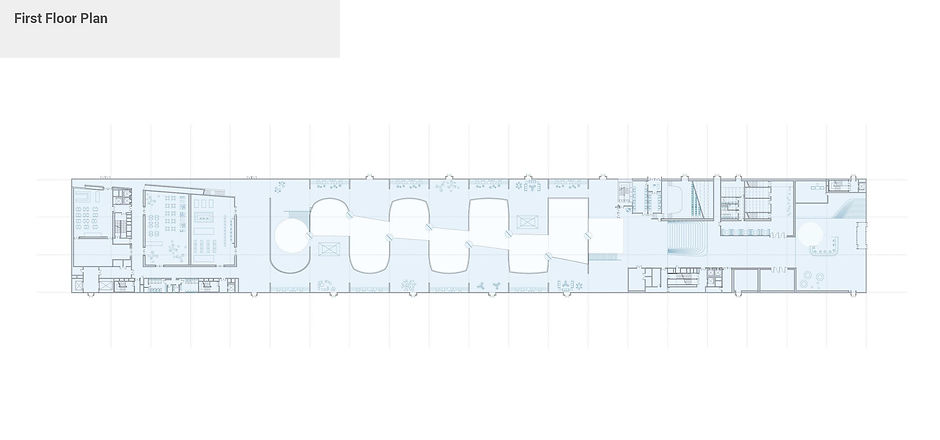
INTERTWINED
Rhino, AI, PS
Individual Work
Instructor: David Orkand, Luisa Calads
Contrarily to virtual reality, augmented reality is not primarily based on a purely digital 'fake reality'. AR is an augmentation of reality itself and thus needs the presence of a physical interface to be applied. Human beings have the ability to perceive spaces using depth, perspective and a focal point of view. However digital devices understand and recognize a geometry or shape of physical interface similarly to how they read a QR code, based on a network of visual features and patterns. One key technological challenge faced by AR developers today is achieving stable tracking inside real space, as the computer-generated virtual objects require to be constantly masked and realigned to the orientation of real-world objects. In today's world, technology often serves as design tools to help develop architecture but architecture seldom rewards back by developing technology. This project proposes that architecture can be a new approach for us to make tangible AR interface and architecture can be redesigned as a series of laboratory spaces to better facilitate the research and creation of AR applications testing what spatial characteristics are in favor of AR performance. In this project the central lab space will have different types of edge conditions and projection methods for AR participants to test different applications and results.








